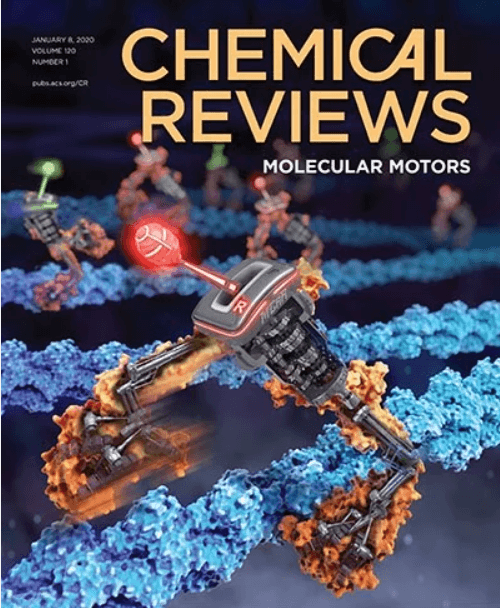Advancements in Nanotags for Enhanced Mass Spectrometric Biosensors: Toward Next Generation Bioassay and Cytometry.
IF 55.8
1区 化学
Q1 CHEMISTRY, MULTIDISCIPLINARY
引用次数: 0
Abstract
Molecular spectroscopic bioassay and flow cytometry are mainstream methods for disease biomarker analysis, which gained great successes in the past. However, as rapid progresses of omics research, conventional spectroscopic methods often confront two thorny challenges. First, the molecular spectroscopic tags are often subject to spectral overlapping interference for complex multitarget analysis. Second, current bioanalytical strategies are constantly challenged by inadequate analytical sensitivity. Mass spectrometry, characterized by its high-throughput sampling method, inherent abundance of detection channels, diverse detection strategies, and high-resolution linear spectra, has been extensively utilized in biosensing and emerged as a potent tool for omics analysis. In this context, mass nanotags are considered beneficial tags to realize multiplex and sensitive analysis by mass spectrometric bioassay and mass cytometry. Nanoparticles are capable of integrating multiple mass labels in a single tag, which in turn results in high signal intensities in mass spectrometric analysis. Herein, this review summarizes strategies for the synthesis, design, and application of mass nanotags, providing a comprehensive overview of research on such mass spectrometric tags. In addition, this review describes the challenges and cutting-edge research results on the use of nanotags for mass spectrometry biosensing, providing insights into how mass nanotags could be more broadly applied to complex and challenging analytical tasks.用于增强质谱生物传感器的纳米标签的进展:迈向下一代生物测定和细胞测定。
分子光谱生物测定法和流式细胞术是疾病生物标志物分析的主流方法,在过去取得了巨大的成功。然而,随着组学研究的迅速发展,传统的光谱方法往往面临两个棘手的挑战。首先,分子光谱标签在复杂的多目标分析中经常受到光谱重叠干扰。其次,当前的生物分析策略不断受到分析灵敏度不足的挑战。质谱法以其高通量采样方法、丰富的检测通道、多样化的检测策略和高分辨率的线性光谱等特点,在生物传感领域得到了广泛的应用,并成为组学分析的有力工具。在这种背景下,质量纳米标签被认为是实现质谱生物测定和质量细胞术多重敏感分析的有利标签。纳米颗粒能够在单个标签中集成多个质量标签,从而在质谱分析中产生高信号强度。本文综述了质谱纳米标签的合成、设计和应用策略,并对质谱纳米标签的研究进行了综述。此外,本文还介绍了纳米标签在质谱生物传感中应用的挑战和前沿研究成果,为如何将纳米标签更广泛地应用于复杂和具有挑战性的分析任务提供了见解。
本文章由计算机程序翻译,如有差异,请以英文原文为准。
求助全文
约1分钟内获得全文
求助全文
来源期刊

Chemical Reviews
化学-化学综合
CiteScore
106.00
自引率
1.10%
发文量
278
审稿时长
4.3 months
期刊介绍:
Chemical Reviews is a highly regarded and highest-ranked journal covering the general topic of chemistry. Its mission is to provide comprehensive, authoritative, critical, and readable reviews of important recent research in organic, inorganic, physical, analytical, theoretical, and biological chemistry.
Since 1985, Chemical Reviews has also published periodic thematic issues that focus on a single theme or direction of emerging research.
 求助内容:
求助内容: 应助结果提醒方式:
应助结果提醒方式:


